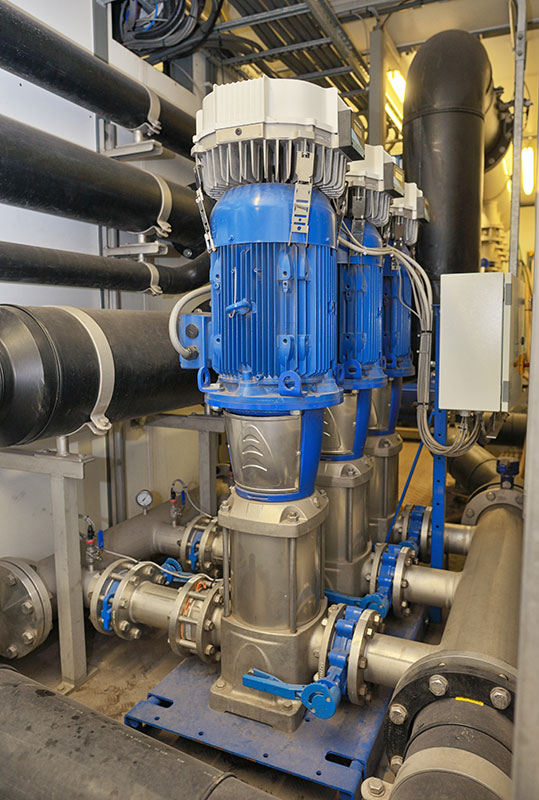Solar energy is estimated to produce about 5 liters of evaporated water per m2 of ocean at average latitudes.
The modern desalination was born in the United Kingdom up to the nineteenth century from the need to guarantee prolonged water autonomy on board British Navy ships.
Evaporative desalination for civil uses began in the 1950s driven by the wealth of oil-exporting countries with water supply problems.
Subsequently, another technology developed, reverse osmosis, which is increasingly taking hold in the markets, driven by technical innovations and lower costs of membranes.
The first plants, built in the United States in 1959, highlighted the current limits of technology: large electricity consumption, high costs and short life of the membranes.
The impetus for the application of this technology took place in the 90s thanks to the ever lower cost of membranes and the invention of recovery systems brought specific consumption from 10-12 kWh / m3 to 6-7 kWh / m3.
By combining osmosis with cavitation, the current state of the art was finally reached.











